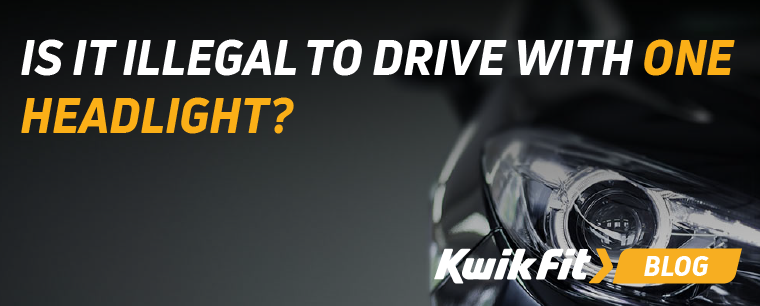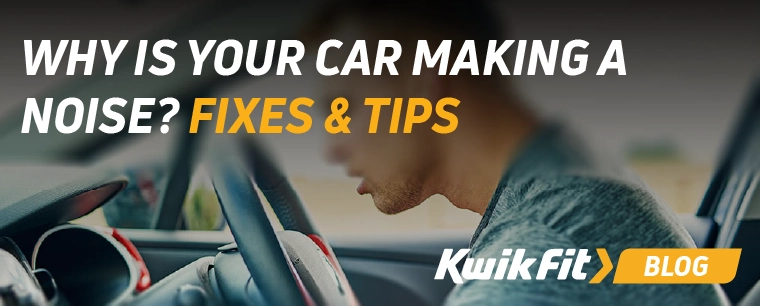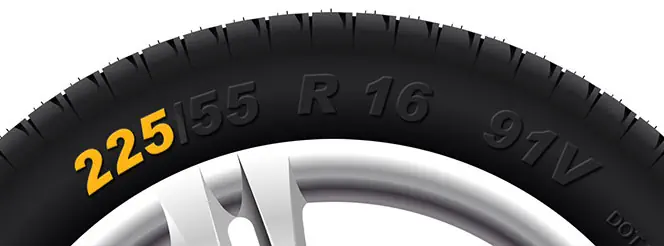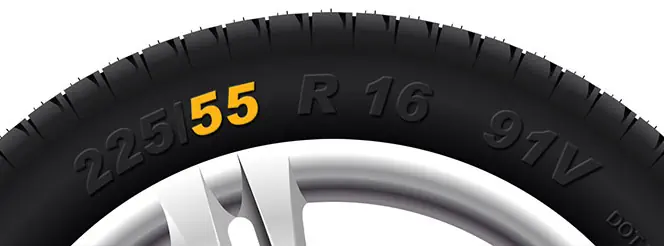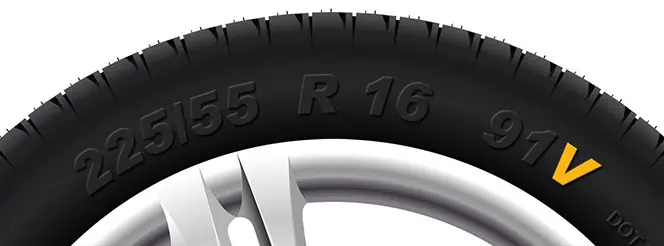Our Top Tips for Driving Safely in Traffic
Jack Dreyer | Monday 6th May 2024 8:30am

Whether youíre a first-time or seasoned driver, driving in traffic can be stressful at the best of times. Moreover, leaving the house without thinking about or planning your journey can set you up for failure.
Preparing your route in advance, sticking closely to the highway code, and remaining calm can make all the difference and ensure a confident and safe drive.
To help you get started, weíve put together our top tips for driving safely in any traffic situation. Read on to find out more.
1. Plan your route prior to driving
Before starting your journey, itís important to plan your route and consider alternative options if traffic is heavier than expected.
There are several highly-rated sat nav apps that provide regular traffic and accident updates, including Waze and TomTom GO Navigation. We would recommend having an app readily available on your mobile device to speed up the planning process.
2. Be patient
Driving in traffic can cause frustration, particularly if other drivers or road users are acting impatiently or making mistakes. But, itís vital to remain calm as impatience can lead to rash decisions that could endanger yourself or others.
Drivers can stay cool and collected by:
- Taking deep breaths
- Listening to soothing music
- Taking their time while travelling
- Pulling over at a safe stop and taking a break
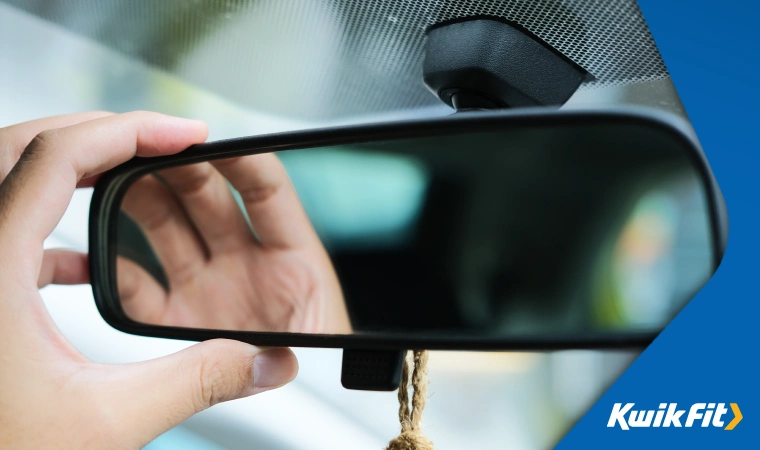
3. Mirror, Signal, Manoeuvre
Every driver will know the Mirror, Signal, Manoeuvre (MSM) technique. Driving instructors practise this routine with their learners until it becomes second nature, and thereís a good reason why; itís fundamental to safe driving.
The MSM technique can be used when:
- changing lanes
- approaching a roundabout, junction, or traffic lights
It's important to stick to core driving techniques at all times no matter what the driving conditions may be. This ensures you stay vigilant of your surroundings and helps reduce the possibility of road collisions.
4. Choose the left lane
If your journey involves travelling via a dual carriageway or motorway, itís key that you choose the left lane unless you are overtaking other vehicles. Once youíve overtaken a vehicle, itís recommended that you return to the left lane to continue.
Vehicles driving at a slower speed in the right lane (or, even the middle lane if itís a motorway) is unsafe and can potentially cause serious accidents and injuries.
5. Observe speed limits
Speeding is still a serious concern in the UK. According to The Royal Society for the Prevention of Accidents (ROSPA), speeding contributed to 27 percent of fatal collisions in 2022 - a horrifying statistic! Most collisions, as a result of speeding, are caused due to driver errors, such as driving too close to other vehicles or getting distracted.
Therefore, to ensure safe driving, particularly on faster roads like the motorway, itís vital for drivers to stick to the speed limit and adjust their speed according to traffic, weather and road conditions.
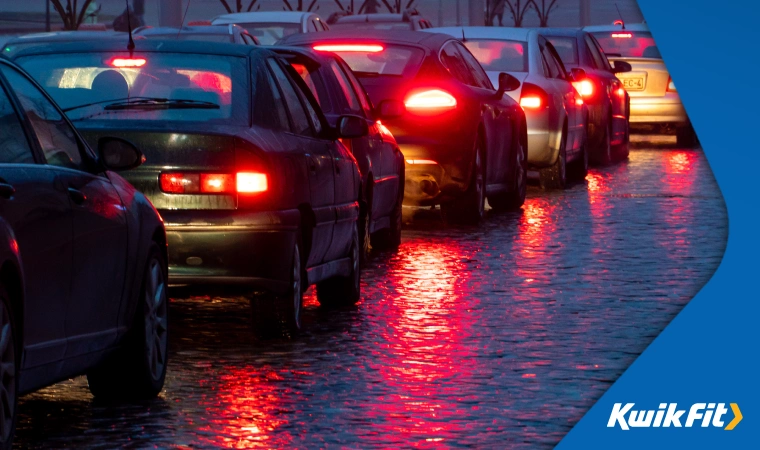
6. Maintain a safe stopping distance
As well as adhering to a safe speed on the road, vehicles should maintain a safe stopping distance. This allows the driver to react effectively if the car ahead suddenly stops.
Stopping distances vary depending on the speed a vehicle is travelling. For example, a car driving at 20mph requires a thinking distance of 6m and a braking distance of 6m - equating to 12m in total (or, three car lengths). If the roads are wet, this can double the stopping distance. As you can imagine, a vehicle travelling at 70mph requires a much larger thinking and braking distance.
7. Avoid sudden stops
In some cases, an emergency stop is necessary in order to avoid an accident or road hazard. But, wherever possible, drivers should practise slowing down gradually to a stop rather than stopping suddenly. Not only does this allow drivers behind you enough time to react and slow down, potentially avoiding a collision, itís also much healthier for your vehicleís brakes.
Get peace of mind at Kwik Fit
We canít stress enough the importance of driving safely in traffic. Not only does it ensure a smooth journey from beginning to end, but itís also crucial for avoiding accidents and hazards.
As well as safe driving, itís also vital to make sure your vehicle is well maintained and kept in good condition. At Kwik Fit, you can trust that we will provide an efficient and high-quality service for your car - keeping you safe on the road. Get in touch with our expert team at your local centre.
In the meantime, keep updated with the latest driving best practices and trends by visiting our blog.
Any facts, figures and prices shown in our blog articles are correct at time of publication.
Featured Articles
Is it Illegal to Drive With One Headlight?
Saturday 19th July 2025
Wondering if itís illegal to drive with one headlight? Learn about the safety risks and penalties of illegal blown bulbs and why you should fix them promptly.
Air Con in EVs & Hybrids: Experts Answer Your Questions
Monday 30th June 2025
Does air con drain EV batteries? Can you use the air con while charging an electric car? Find out the answers to these questions & more from Kwik Fitís experts.
Why Is Your Car Making a Noise? Fixes & Tips
Friday 13th June 2025
When your car starts making unexpected noises, it can certainly be quite disconcerting; it may be nothing to worry about, but hereís what you need to know.


